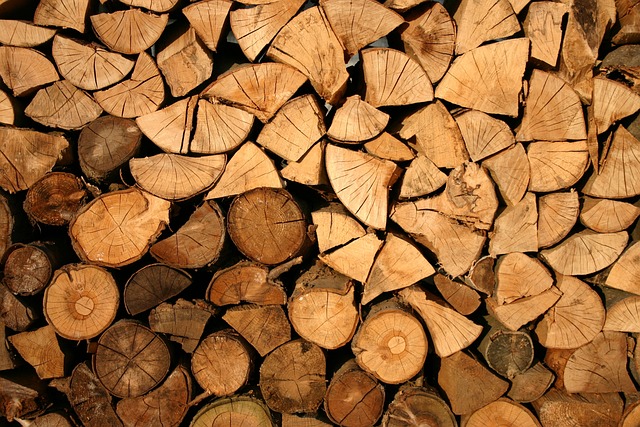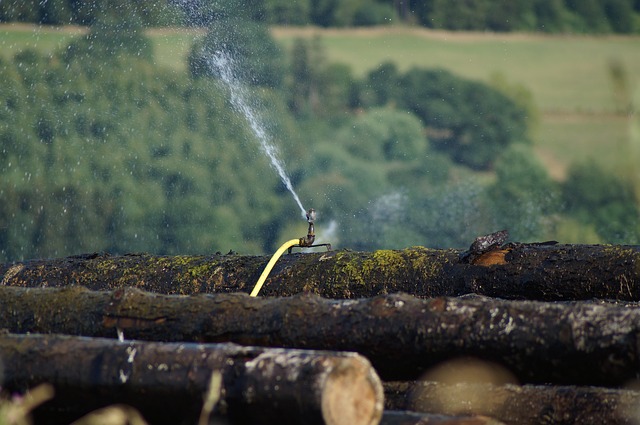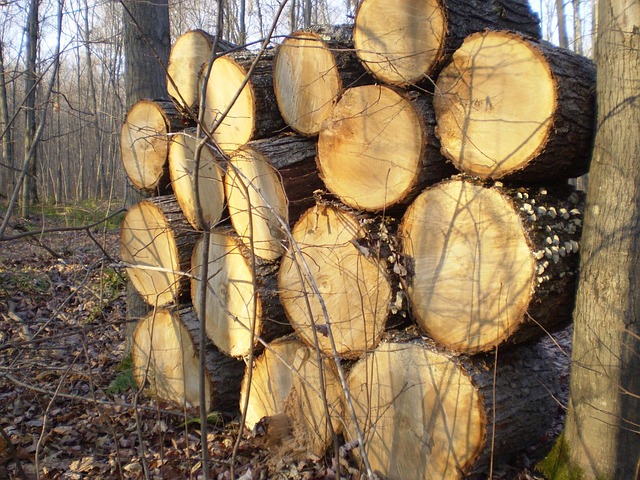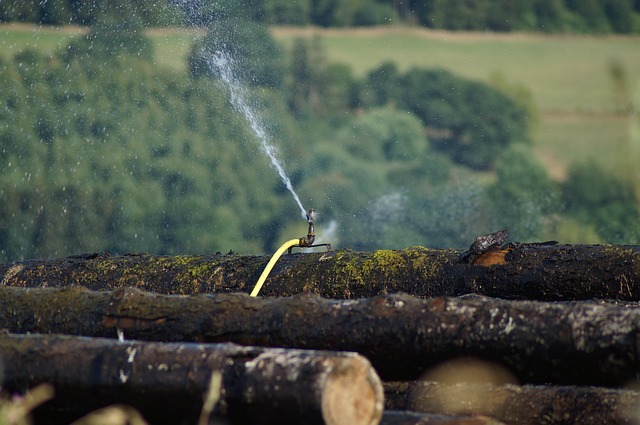In the late 19th century, Lane County, Oregon became a prominent center for the timber industry due to its vast old-growth forests, attracting ambitious entrepreneurs known as the "Lane County timber barons." This era led to significant population growth, flourishing sawmills along the Willamette River, and indelible cultural marks evident in grand Victorian homes and ornate public buildings. Today, while the industry's dominance has changed, Lane County continues to celebrate its ecological heritage through artistic expressions and environmental conservation efforts focused on sustainability and biodiversity.
In the heart of Oregon’s lush forests lies Lane County, once a bustling hub of the state’s thriving timber industry. This powerful sector shaped the county’s culture and economy from the 19th century onwards, birthing a unique identity that continues to resonate today. From the rise of influential Lane County timber barons to their environmental legacy, this article delves into the profound cultural influence that logging once held and its lasting impact on art, literature, music, and conservation efforts.
- A Historical Overview: The Rise of Lane County's Timber Industry
- The Making of Timber Barons: Wealth and Power in the 19th Century
- Cultural Shifts: How Logging Shaped Local Communities
- Art, Literature, and Music: Creative Expressions Inspired by the Forest
- Environmental Legacy: Conserving Nature in a Former Logging Hub
A Historical Overview: The Rise of Lane County's Timber Industry

In the late 19th century, Lane County, Oregon, emerged as a thriving hub for the timber industry, largely driven by ambitious entrepreneurs and what were coined as the “Lane County timber barons.” This period marked a significant shift in the region’s economic landscape as sawmills popped up along the Willamette River, transforming the once-peaceful countryside into a bustling center of logging and wood product manufacturing. The discovery of vast stands of old-growth Douglas fir, hemlock, and cedar attracted lumberjacks from across the country, fueling a population boom and solidifying Lane County’s place in the history of American forestry.
The timber barons, with their significant wealth and influence, left an indelible mark on the county’s culture and architecture. Grand Victorian homes, ornate public buildings, and impressive churches were constructed, reflecting the prosperity brought about by the industry. These structures stand as a testament to the power and prestige associated with the timber kings who dominated local affairs during this era, shaping not only the physical landscape but also the societal and economic fabric of Lane County.
The Making of Timber Barons: Wealth and Power in the 19th Century

In the 19th century, Lane County emerged as a hub for the timber industry, giving rise to a new class of powerful individuals known as the Lane County timber barons. The lush forests and abundant natural resources provided the perfect backdrop for this economic boom. These barons, often local entrepreneurs and business-minded individuals, capitalized on the region’s wealth of timber by establishing sawmills, logging operations, and transportation networks. Their success was fueled by the growing demand for lumber across the nation, as cities expanded and industries boomed.
The timber barons’ influence extended far beyond their personal wealth. They played a significant role in shaping the local economy, providing employment opportunities and contributing to the overall development of the county. Many of these barons also left a lasting legacy through their charitable endeavors and support for community projects. Their stories serve as a testament to the transformative power of the timber industry in Lane County, leaving an indelible mark on its cultural and historical landscape.
Cultural Shifts: How Logging Shaped Local Communities

In the heart of Oregon’s lush forests, Lane County has long been renowned for its thriving timber industry, driven by the influential Lane County timber barons. This dominant sector left an indelible mark on the region’s cultural landscape. As logging operations expanded, they reshaped local communities, both physically and socially. The influx of workers brought about significant demographic changes, fostering a diverse mix of cultures and traditions.
The industry’s impact extended beyond demographics; it also influenced community dynamics and values. Logging towns became vibrant hubs, with unique social structures and a sense of camaraderie among the workers. However, this close-knit fabric was not without its challenges. The cyclical nature of the industry created periods of prosperity and recession, testing the resilience of these communities. Today, while the timber industry’s dominance has shifted, its cultural echoes remain, shaping Lane County’s identity as a place where hard work, community, and the allure of the great outdoors are deeply ingrained.
Art, Literature, and Music: Creative Expressions Inspired by the Forest

The lush forests of Lane County, Oregon have long been a source of inspiration for artists, writers, and musicians. The region’s rich biodiversity, towering trees, and serene landscapes have permeated various forms of creative expression, reflecting the deep cultural connection between the community and its natural surroundings. Local artists often depict the majestic conifers and rolling hills in their paintings, sculptures, and photography, showcasing the raw beauty that has shaped the area.
Lane County’s timber industry played a pivotal role in shaping its cultural identity, earning it the moniker “timber barons.” This historical context is mirrored in the literary works and musical compositions that emerge from the region. Local writers weave tales of forest life, exploring themes of sustainability, community resilience, and the intricate relationship between humanity and nature. Similarly, musicians find inspiration in the forest’s melodies, composing pieces that capture the essence of the county’s vibrant ecosystem. This artistic interplay celebrates the enduring influence of Lane County’s timber industry on its cultural landscape.
Environmental Legacy: Conserving Nature in a Former Logging Hub

Lane County, Oregon, has long been associated with its robust timber industry, which was once dominated by powerful logging companies—the so-called Lane County timber barons. This era left a significant environmental legacy, shaping the region’s ecological landscape. Over time, as awareness of environmental conservation grew, efforts to protect and preserve the area’s natural resources intensified.
The former logging hubs have transformed into centers for eco-conscious initiatives. Local communities and organizations have taken the initiative to restore forests, promote sustainable practices, and educate the public about the importance of biodiversity. These efforts not only showcase a shift in mindset but also ensure that Lane County’s rich natural tapestry remains intact for future generations, leaving behind a positive environmental footprint.






